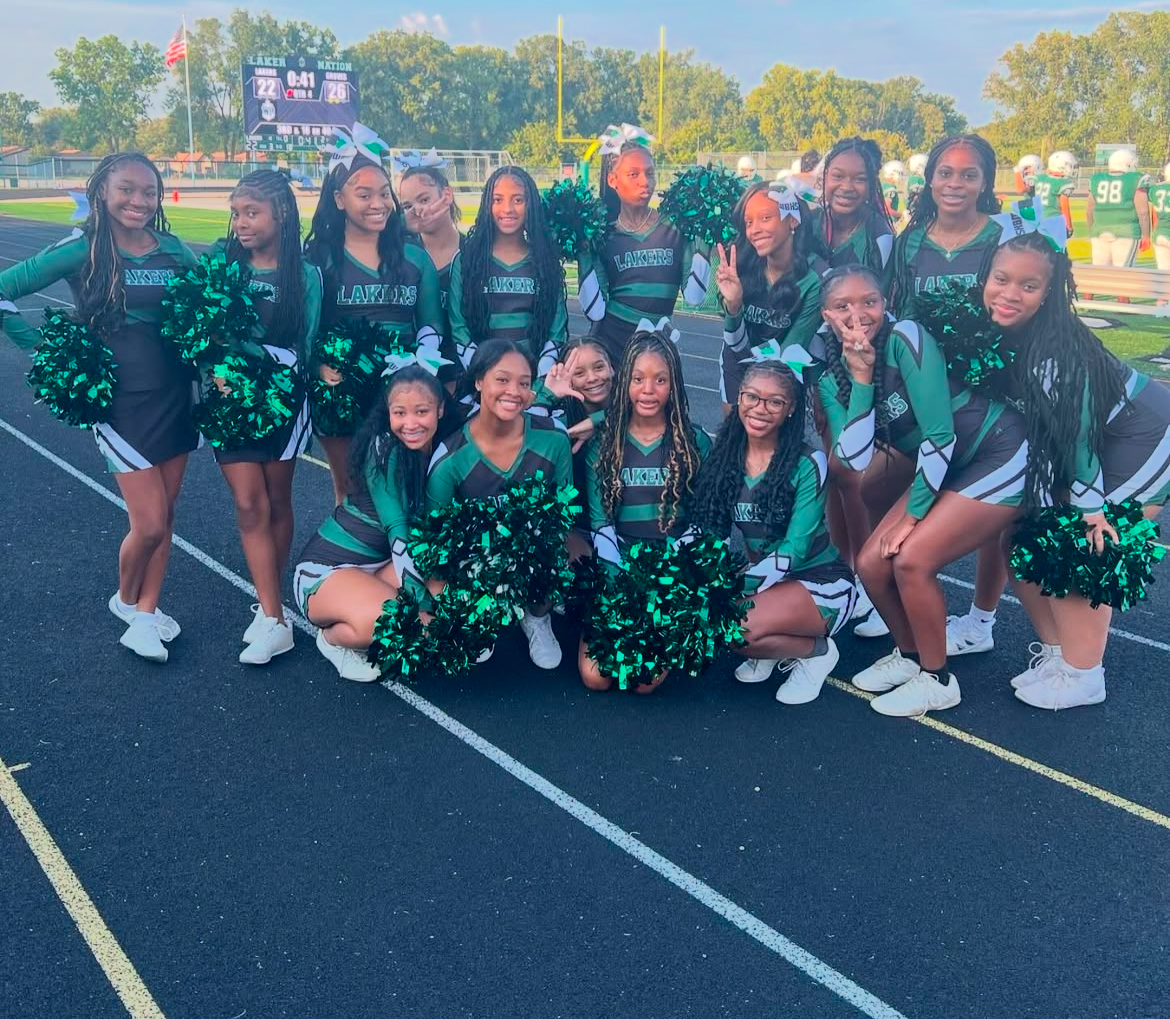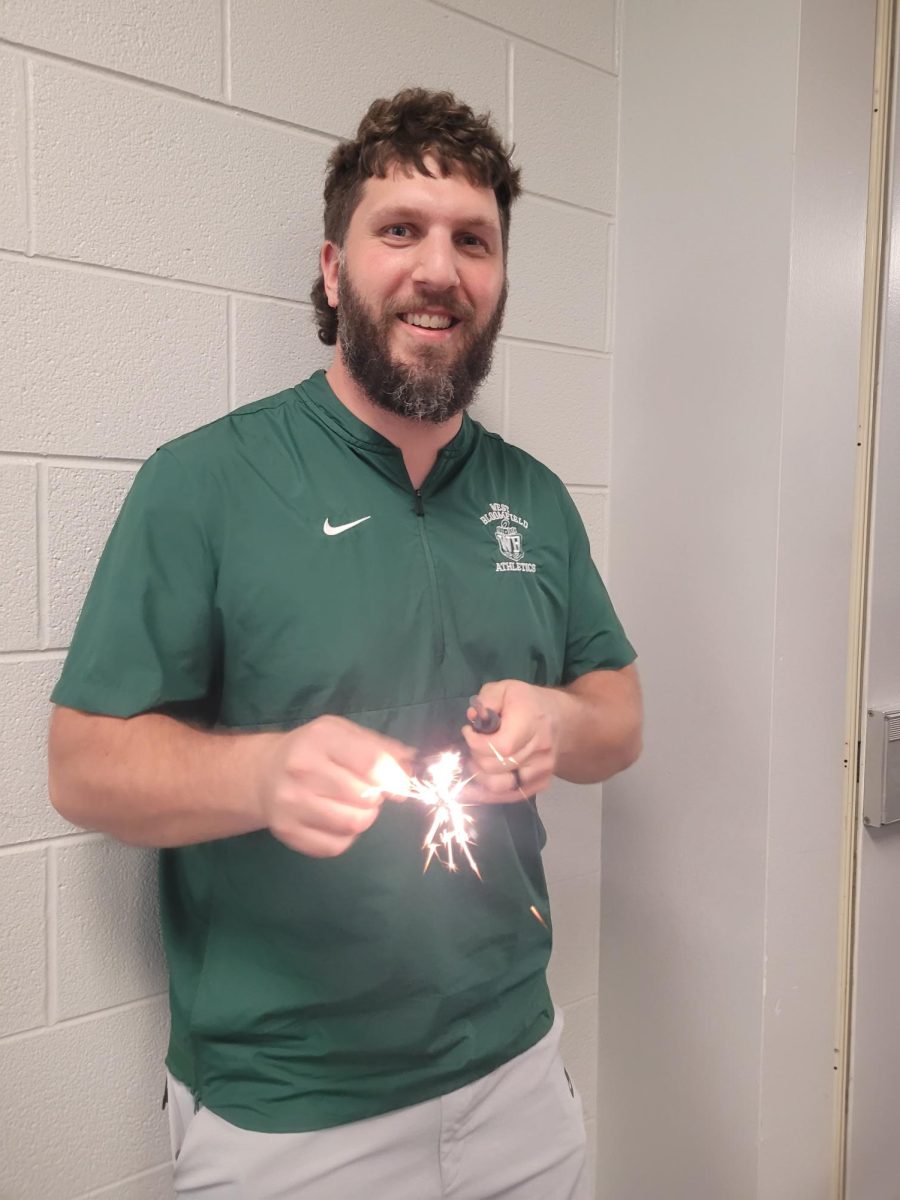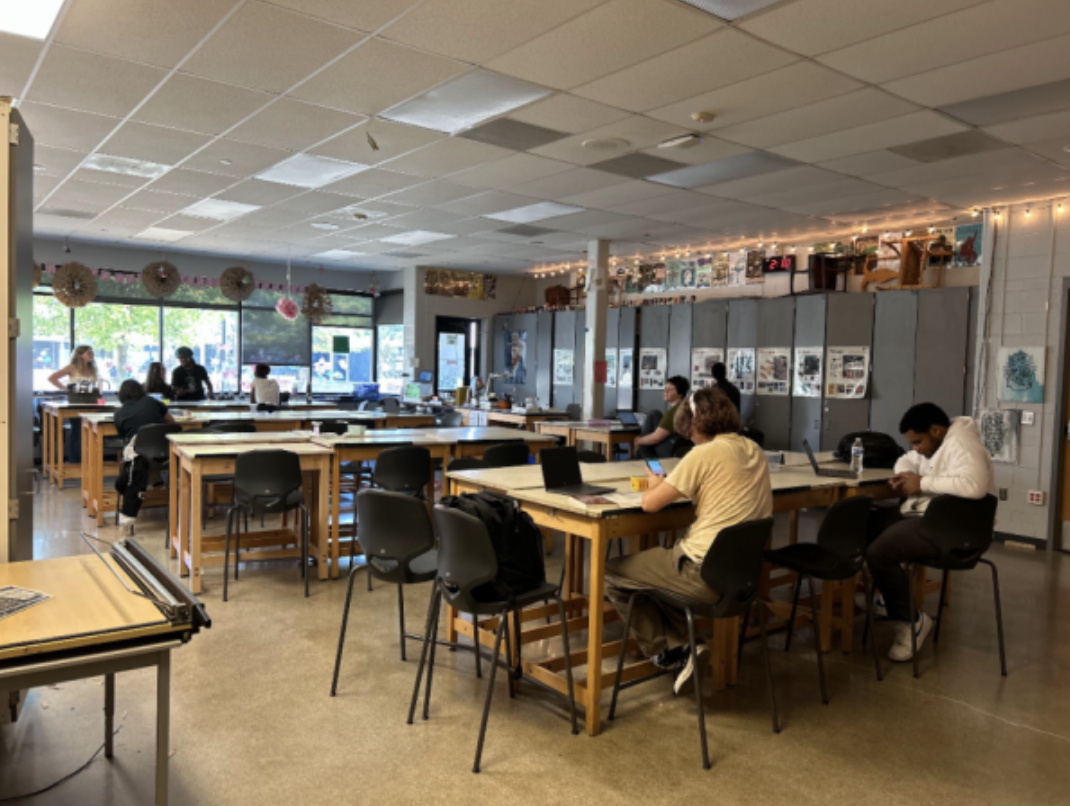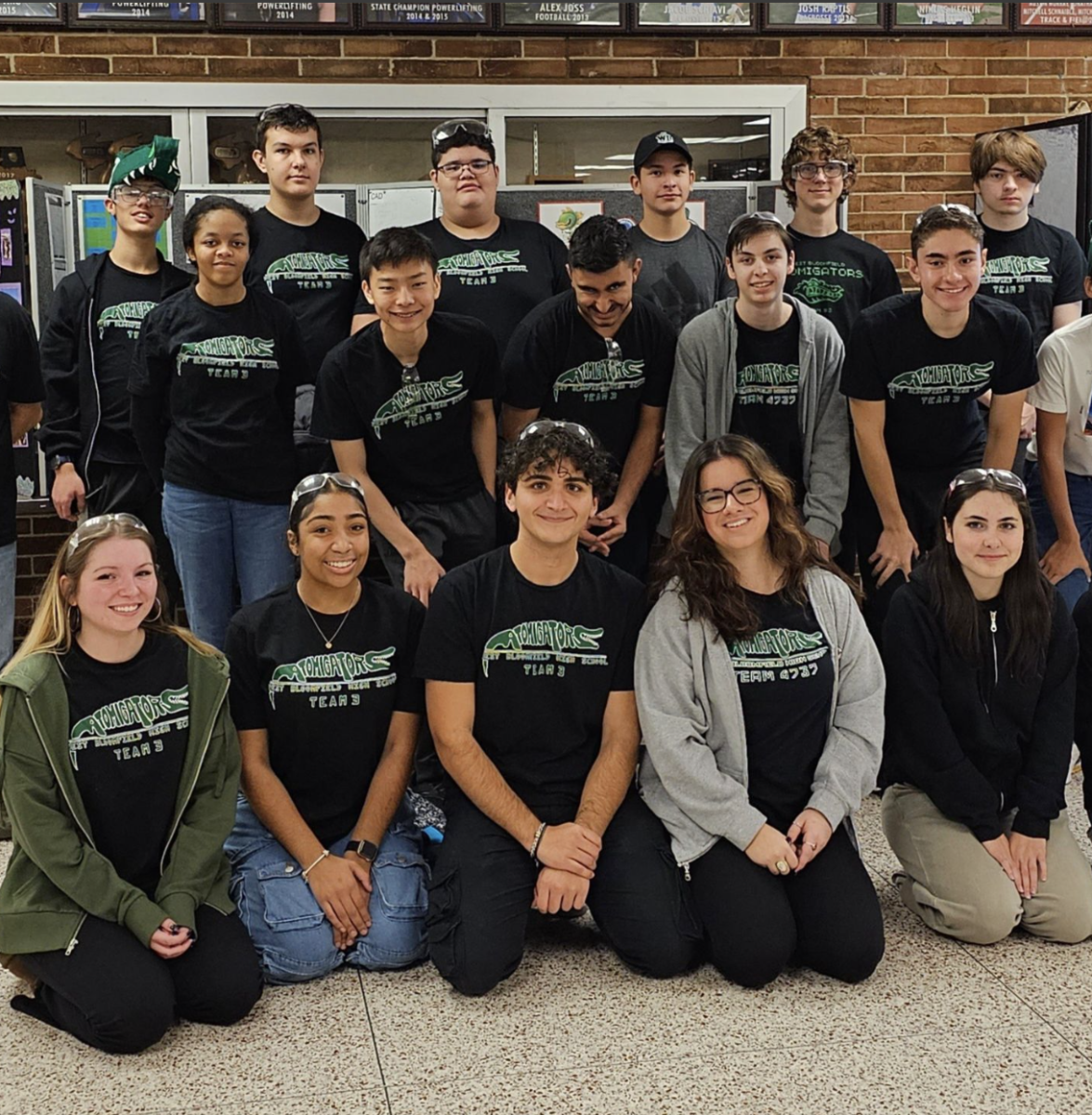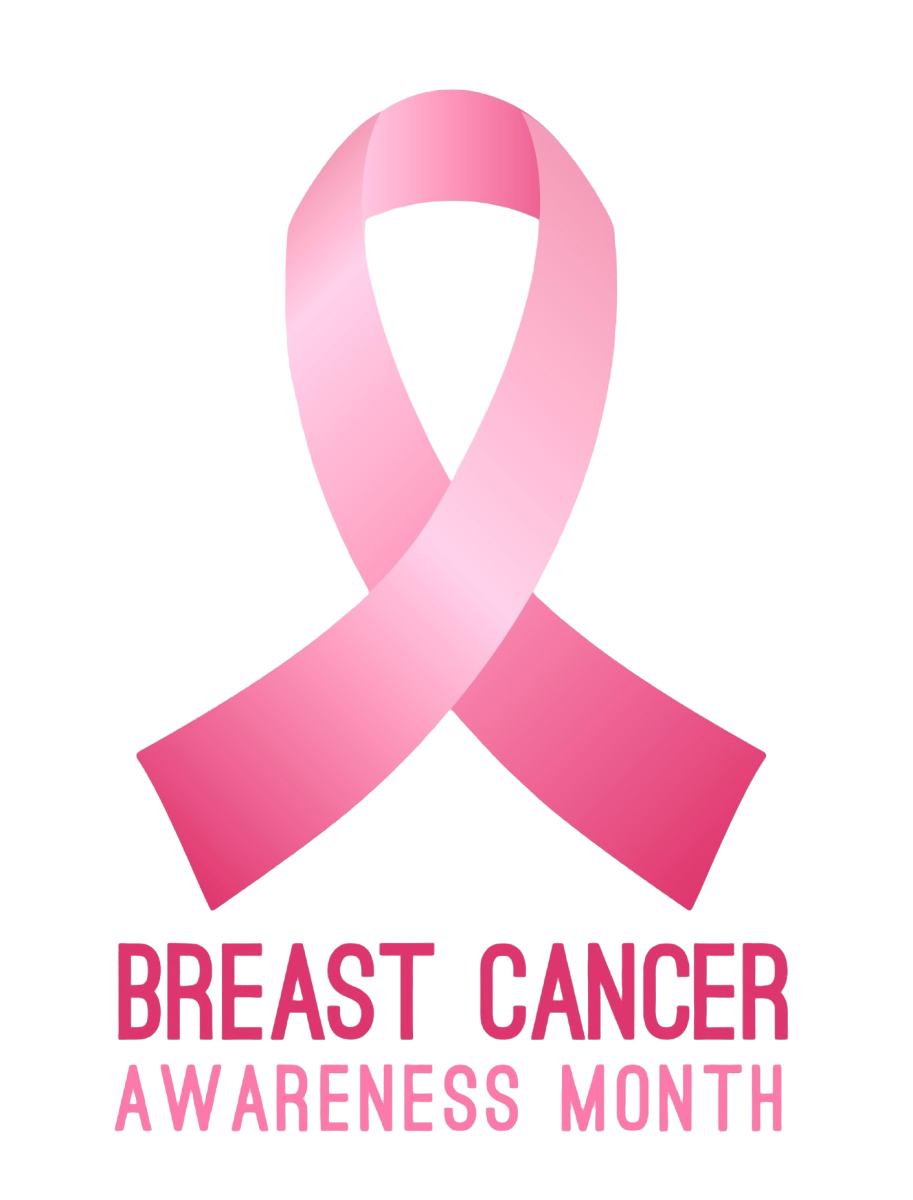In the last 50 years, the number of women entering STEM careers has doubled, with 36% of women joining in on STEM action in 2024, as opposed to 8% from 1970 (Census.gov). It is commonly known that women do not make up a high percentage of STEM jobs, but it is important to focus on how far they have come. Now more than ever an increase in interest in STEM from young women can be seen, especially here in West Bloomfield, but with the territory comes struggles.
STEM careers are very male-dominated, and this at times will push insecurities on young women. Kate Shepard, a student in STEM said, “ As a woman in STEM, I constantly feel overlooked and undermined by the men around me in my classes. There have been countless times where the guys in my classes have automatically assumed they did better than me on a test, or that they know their way around the lab more than me. It’s exhausting constantly trying to overpower their image of a dumb girl who needs assistance from the “more intelligent” man. Because I’m not dumb, and I don’t need their help.” 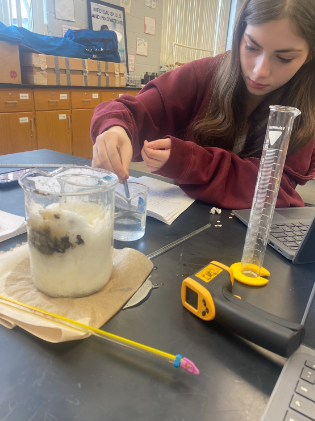
Shepard is a great example of females overcoming the hardships that come with working in a male-dominated field. The numbers show that although less than 50% of STEM careers are made up of women, the percentage is only growing. These women are persisting, and it’s important to recognize that.
When someone looks around the robotics room, engineering classes, or even just scenes in TV shows, girls tend to never be involved in STEM. Recently the media has gotten more comfortable with the idea of women in STEM areas, but the reality is that still only 36% of STEM Jobs are made up by women. Hannah Fridman, a student interested in STEM also came to this conclusion, “I’ve taken computer science and physics classes which were great at further fuelling my interest in STEM because they allowed me to learn new concepts and actually use them. However, the maximum number of girls in the computer science classes I have been in was around five, if that.” The numbers are scarce so the representation seen in the media is ever so important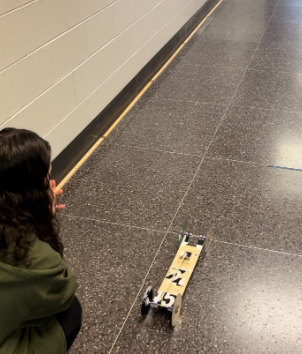
A big reason for more women in these STEM careers is these student’s passion. Baani Singh, a student hoping to go into the medical field is a great example of this passion. Singh says, “I love STEM with my whole heart. It has helped me develop as a person. Helping others has been an amazing opportunity. I volunteered at Henry ford hospital for 2 summers, and I really enjoyed my experience walking patients to their destination and hearing about patients issues.”
Women in the medical workplace constantly are fighting stereotypes. Singh notes this, “As you look around you see that the majority of doctors are male but no one really thinks that females can become doctors. Many people believe that women are better off as nurses because that is easier, which is an assumption. Females don’t have much representation because of society, but we need to start changing that .” 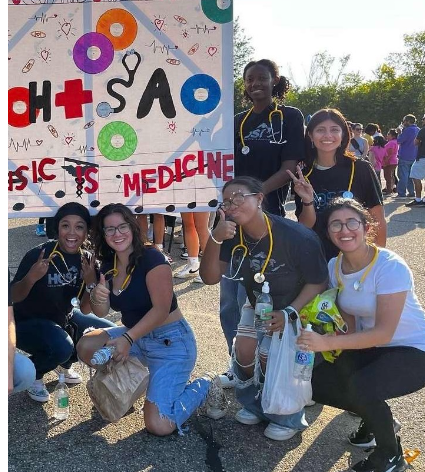
Baani Singh’s passion for STEM can be seen both in her volunteering and her involvement in HOSA and Chem club. Her call for representation in society is important because it shows young girls that they can do STEM too. Singh states, “As a girl in STEM I feel it is very important to make sure that everyone who is interested in STEM should be included.”
From the 1970’s 8% to the ever-climbing statistic women are taking over STEM careers. With passion behind them and persistence, nothing can stop that spiking stat.







